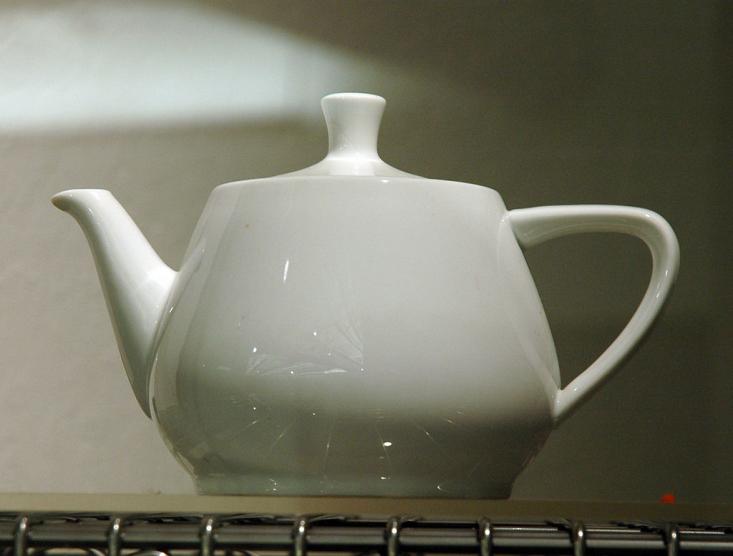
It may look like an ordinary, white, every-day teapot but this simple design has had an enormous influence on the history of computing. Its name is Utah. This computer rendering of a standard white Melitta teapot as a 3D model has become the standard reference object for testing new applications. It is possibly the most famous data set in the world of computer graphics. The mathematical model was designed in 1975 by Martin Newell at the University of Utah.

The shape contains a number of elements that made it ideal for experiments with graphics at the time: has a solid round body, is partially convex, contains saddle points, has hole in the handle, and can project a shadow on itself.
Newell made the mathematical data that described the teapot’s geometry publicly available. Soon other researchers began to use the same data for their computer graphics experiments, so they did not have to laboriously enter geometric data for some other object. Due to advances in technology, the act of rendering the teapot is no longer the challenge it was in 1975. Yet the teapot continues to be used as a reference object. Utah is considered to be the design equivalent to the “Hello, World” code as a way to create an easy 3D scene, serving both as an inside joke and reference point for design newbies all over the world.